Aesopians E5: From Tech To Rep: Year 1 In MSP Sales Ft. Ashton Fortuna
Last Updated: April 21, 2025
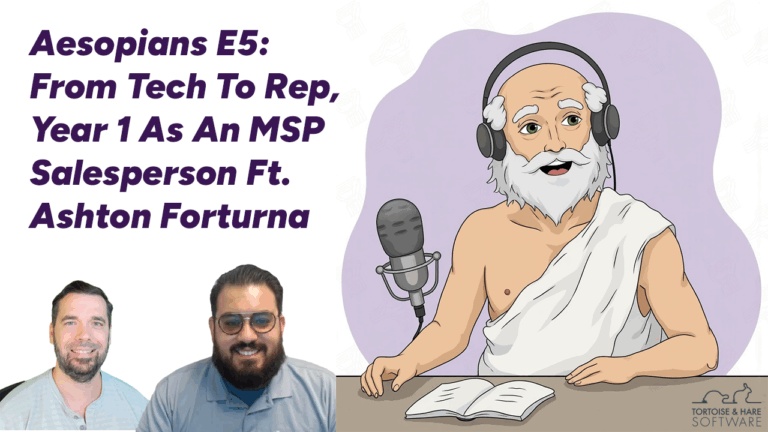
Most MSPs hesitate to move technicians into sales—worried they’ll lack the polish, confidence, or killer instinct to close deals. Sales is a different game. Techs solve problems with systems; sales reps solve problems with people. But what if the real risk isn’t failing at sales—it’s never trying?
In this post, we’ll walk through the story of Ashton Fortuna, a former cable puller and Level 1 technician who stepped into a full-time sales role at Valley Tech Logic. His first year wasn’t smooth. In fact, it was full of early setbacks, doubt, and trial-and-error. But by month twelve, Ashton had built real momentum—closing thousands in monthly recurring revenue and reshaping how his company does outreach.
If you’ve ever wondered whether a technician can really succeed in sales—or if you’re a tech thinking about making the leap yourself—this is what it looks like on the ground.
Quicks Links
From Overnight Installs to Outside Sales
When Ashton first entered IT, it wasn’t with a sales mindset. He was installing cameras, pulling cable, and serving as on-site support for a remote team. He enjoyed it. Thought he’d stay on the tech side long-term. But as he and his wife welcomed their second child, the long hours and overnight trips started to take a toll.
So when his company offered him the chance to move into sales—a role they hadn’t filled in-person for a while—he took it. No real background in sales. No formal training. Just an open opportunity and a reason to make it work.
“I’d never really had a sales background,” Ashton says. “I used to own a pressure washing company and did some door knocking, hanging flyers. That was about it.”
What followed was a steep learning curve.
The First Six Months: Panic, Podcasts, and Persistence
Ashton’s early sales meetings weren’t confidence builders. He remembers his first client visit vividly.
“After I sat down with them, I ended up letting my boss know, ‘Hey, I’m calling it a day because I’m just drained.’ That one-hour meeting completely wiped me out.”
The learning curve hit hard. He questioned whether he could do the job. He worried about making quota. And while leadership set few expectations for year one, Ashton had set plenty for himself.
To close the gap, he turned to podcasts, mentorship, and anyone in the industry willing to share hard-won lessons. He gravitated toward more modern voices like Taher Hamid of MSP Camp and Brian Gillette, of Feel Good MSP rather than traditional frameworks like Robin Robins. He customized his approach.
His boss told him, “Just be yourself,” and that stuck.
Building a Custom Sales Process—One 15-Minute Block at a Time
Like many techs, Ashton is analytical and self-aware. He also has ADHD—and quickly realized that traditional outreach structures weren’t going to work for him.
“I dedicated each day to something different. Mondays were email outreach. Tuesdays were mailers. Wednesdays were cold calls. Thursdays I’d go in person. Fridays I’d do notes.”
It sounded organized. But in practice, he found himself burned out and unfocused. That’s when he discovered the Pomodoro method—switching tasks every 15 minutes with timed cues.
“That has helped tremendously,” Ashton says. “Now I do 15 minutes of mailers, 15 minutes of calls, 15 minutes of something else. And I’m doing way more than I ever did before.”
By the end of year one, Ashton was executing a well-rounded outreach strategy: 25 emails, 25 mailers, 25 cold calls, and 25 in-person visits per week. A hundred touches total, aimed at building local visibility and brand recognition in a highly competitive market.
Creating Marketing That Resonates—Even With Ducks
Early in his sales journey, Ashton realized that marketing and sales couldn’t live in silos. The company’s existing branding leaned into Las Vegas themes—poker chips, slogans like “Don’t gamble with your IT.” It was catchy, but not something Ashton personally connected with.
So he pitched a new idea: rubber ducks.
Yes, ducks.
They designed custom ducks with the company’s logo and Vegas accessories, and paired them with a new slogan: “Does your IT have its ducks in a row?”
“The ducks sold like hotcakes,” Ashton says. “Everyone wanted multiples. And once the conversation starts in a friendly way, talking about IT and pricing just flows easier.”
That creative collaboration helped Ashton find his voice in the sales process—and gave prospects something to remember them by long after the Expo ended.
From Doubt to Deal Flow
The results didn’t come fast. In his first six months, Ashton only closed two small deals—worth about $1,000 each. But he stayed committed, improved his systems, and kept showing up.
Then came a turning point: ScaleCon. Surrounded by other MSPs, sales pros, and marketers, he realized he was on the right path—he just needed time to let the process play out.
Since then, things have accelerated. In the second half of his first year:
- He closed $13,000 in new monthly recurring revenue
- He nearly tripled the company’s Google reviews
- He built a referral network and became a known presence in the local market
More importantly, he no longer doubts his place in sales.
“It took me seven or eight months before I made a big sale. But once you get one, it reinforces the fact that you can do it.”
What MSP Owners Should Take Away
If you’re thinking about moving a tech into sales, Ashton’s story should give you both caution and confidence.
Sales isn’t easy—especially for someone coming from a technical background. The feedback loops are longer. The rejection hits harder. And the skillset is less about systems and more about stories, motivation, and emotional stamina.
But it’s also one of the few paths in the MSP world where you can make a direct impact on growth, brand, and long-term trajectory.
Ashton’s success wasn’t about finding the perfect script. It was about adapting, experimenting, and sticking with it through the uncomfortable beginning. He didn’t close deals right away—but he laid the groundwork for a sales system that works.
If you’re making a similar move, don’t just give your rep a title and a list. Give them the runway, the mentorship, and the space to make the role their own. Let their tech background inform their credibility—not limit their potential.
Because sometimes, the best closers come from the cable-pulling crew.





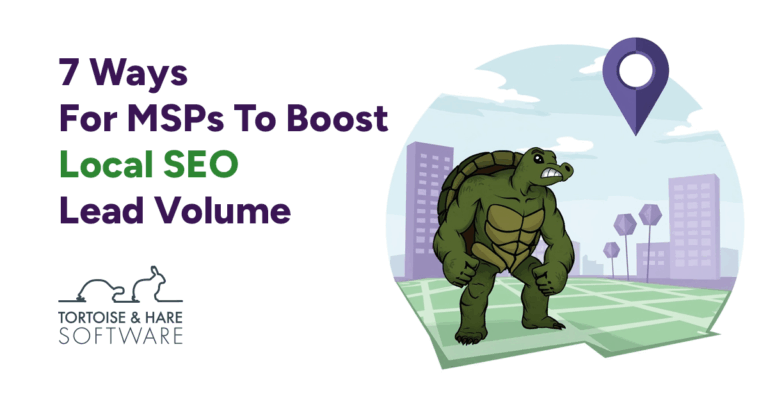
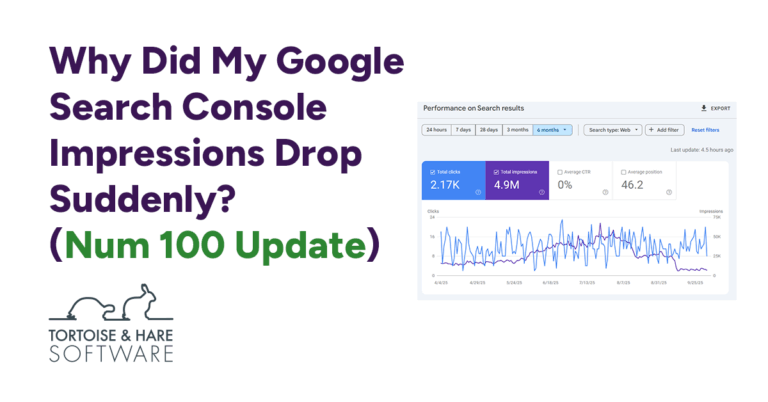

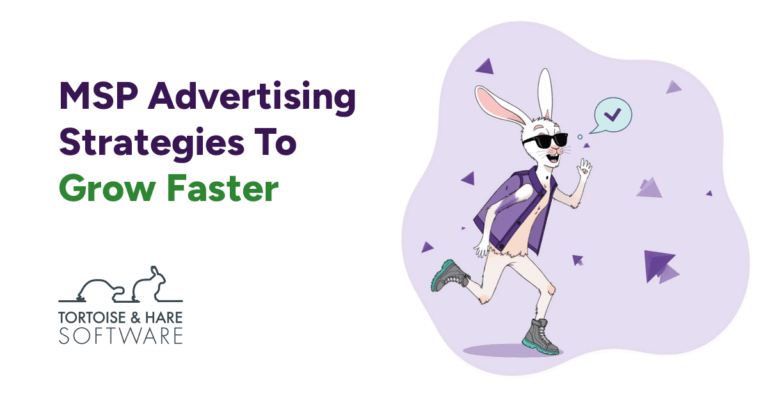



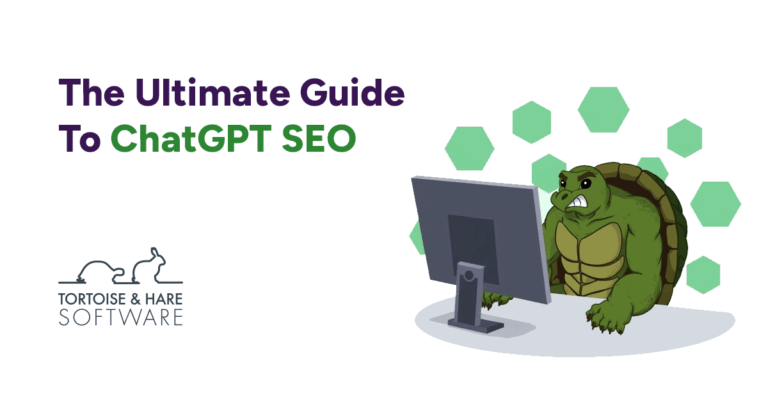
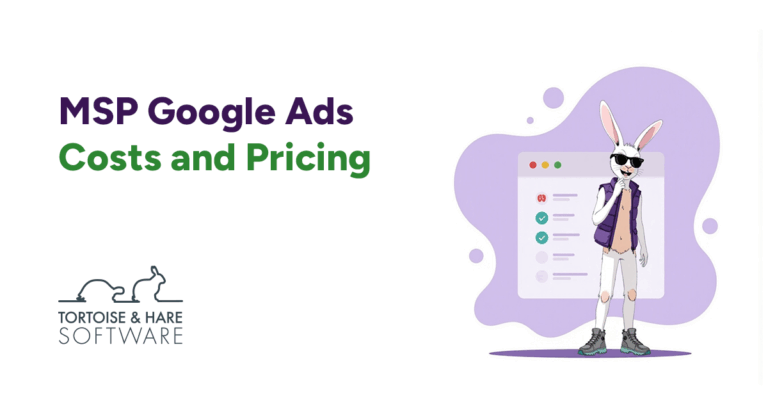





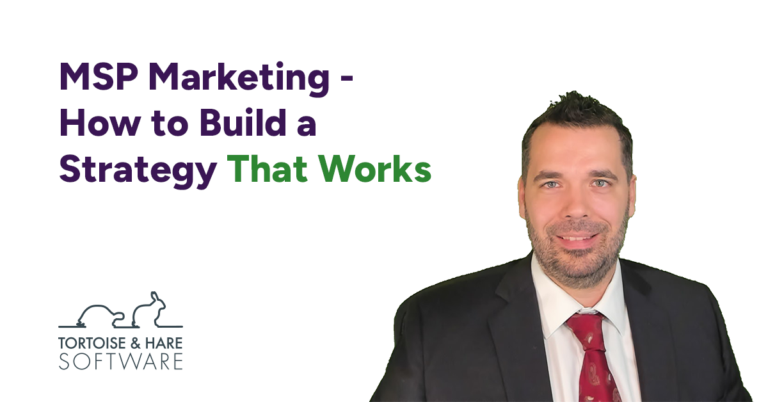

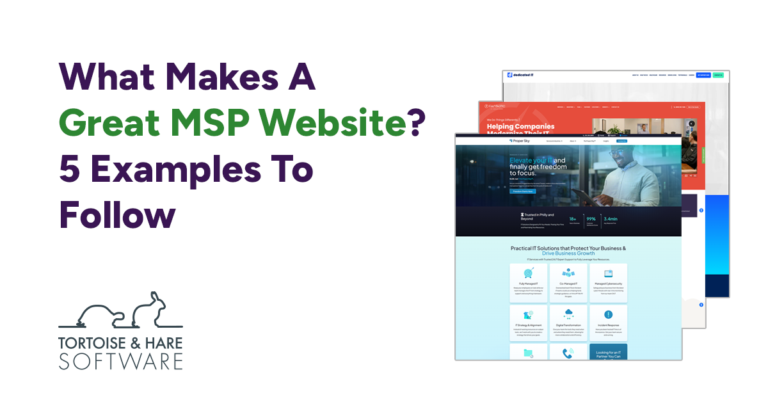
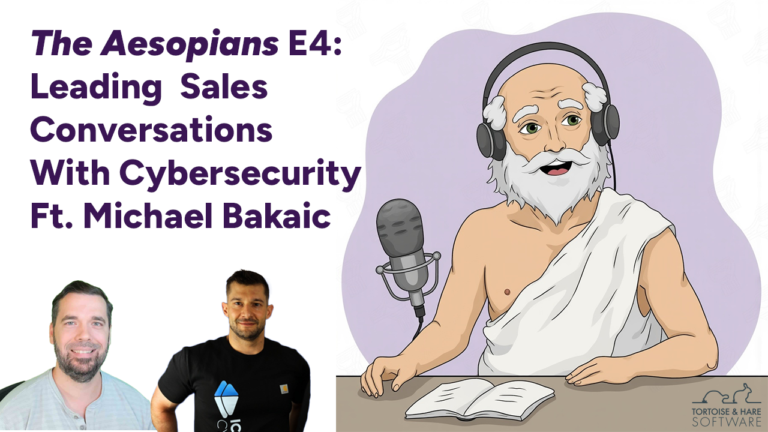


















Leave a Comment